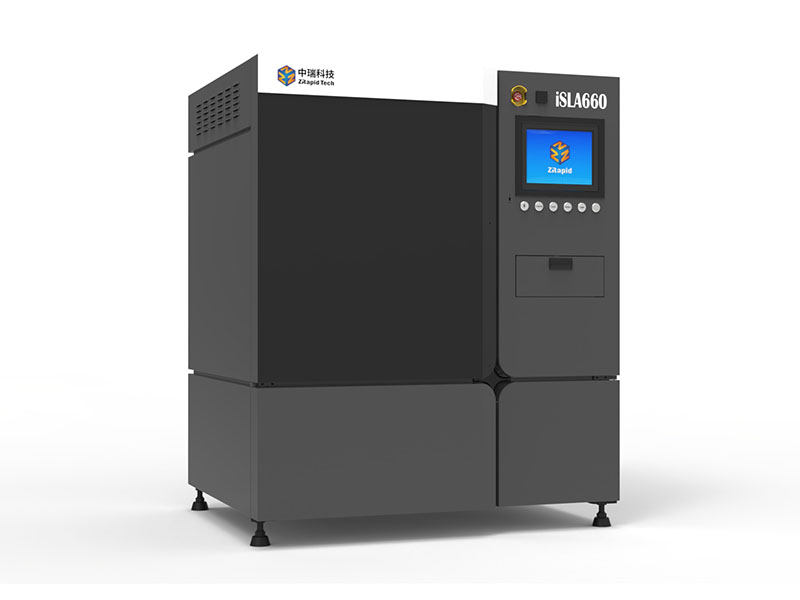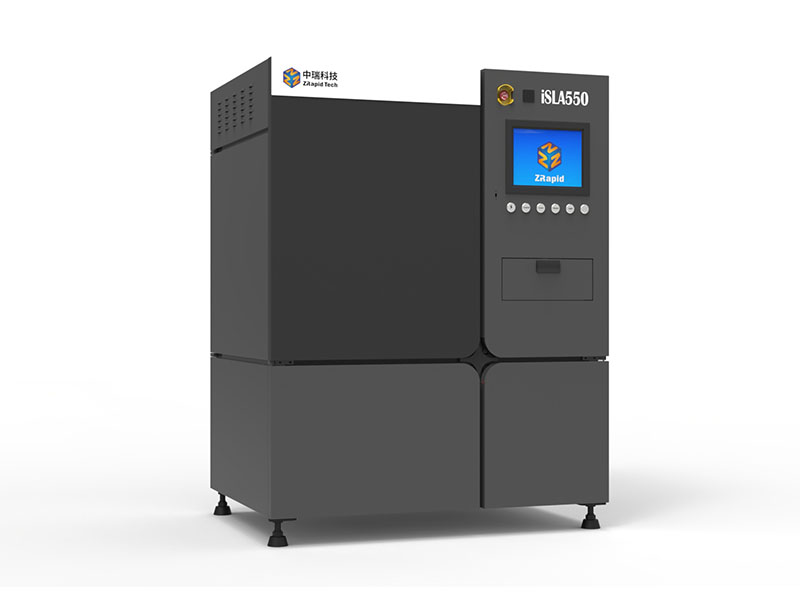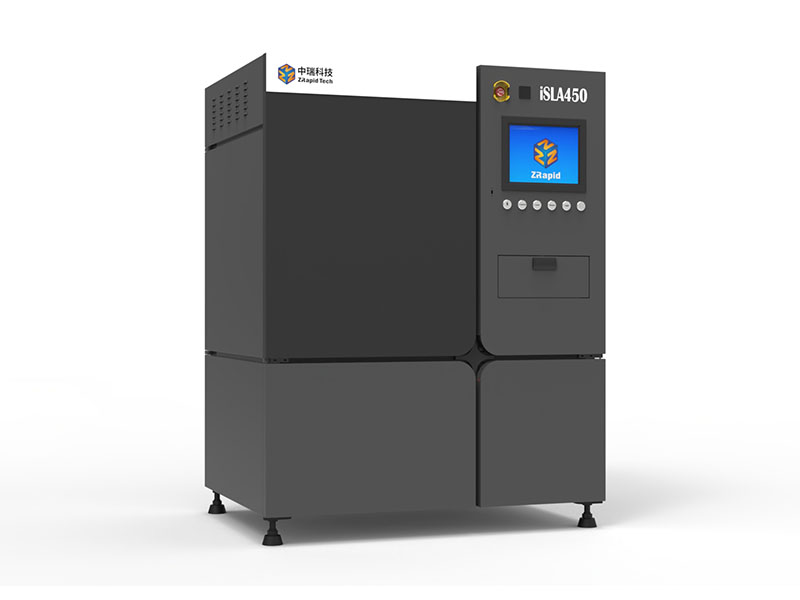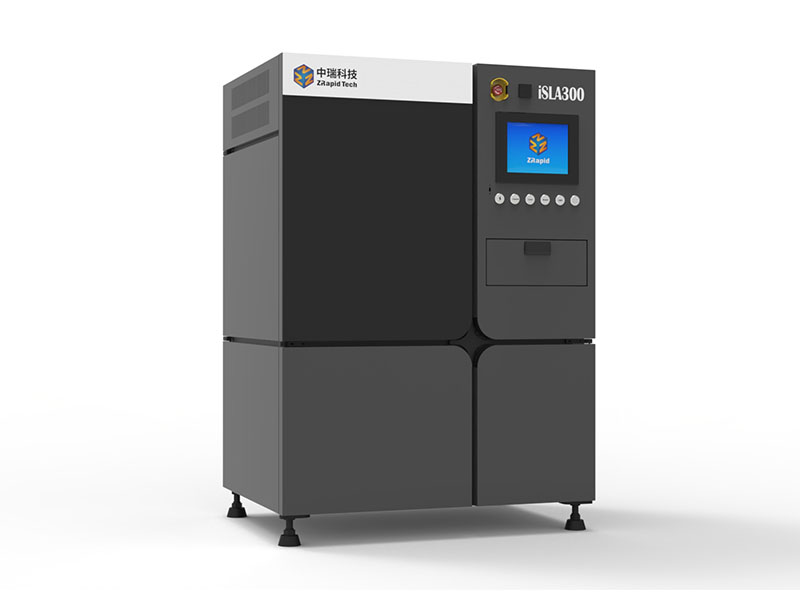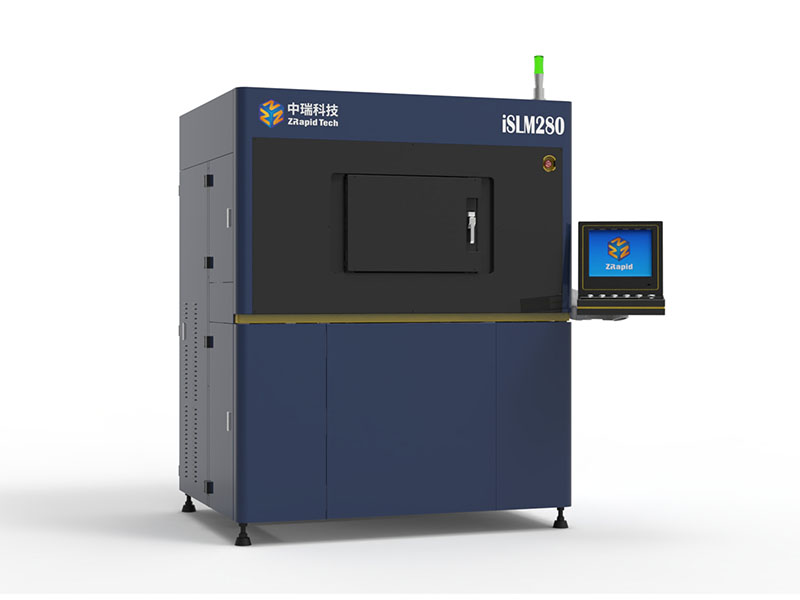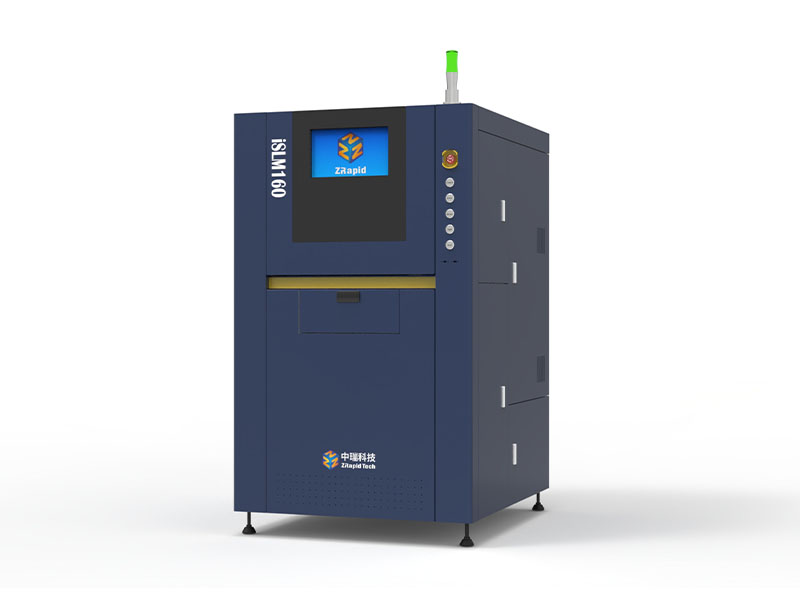Now that 3D printing has made it easier to generate custom-made prosthetics, bioengineers are looking ahead at manufacturing actual cellular material. Such technology could be the basis for personalized biomedical devices; tissue-engineered skin, cartilage, and bone; or even working bladders.
In a Trends in Biotechnology special issue on biofabrication, publishing August 17, researchers review and consider the progress made in 3D bioprinting and what might be possible in the decades -- or years -- ahead.

1. Made-to-Order Organs-on-a-Chip
"Organs-on-a-chip" -- 3D microengineered systems that mimic the structure and function of human tissue -- are a strong contender in the race to deliver inexpensive and efficient personalized medicine. Lung, gut, and pancreatic tissue have already been grown from human stem cells on the chips, which allow researchers to study physiological differences in these cells between patients as well as screen for drugs. Manufacturing challenges exist to quickly expand the use of the technology, but 3D printing could reduce the labor and costs necessary to build, seed, and meet the demand for chips.

In future studies, more advanced 3D bioprinters that can print a range of viscous materials may be utilized to print and fabricate both the microfluidic platform and patterned complex tissues inside the device simultaneously. Such closed integrated systems will greatly simplify the fabrication of organ-on-a-chip models and enable faster iterations of organ-on-a-chip designs.
2. Skin Manufacturing
Printed skin made from cells set down on a collagen gel showed the presence of intercellular connections and biologically normal cell markers 10 days after cultivation. In another study, researchers have been able to grow blood vessels in this sheet of cells. Skin bioprinting is closer to reality than one would think, but researchers are only at the beginning of considering the designs necessary to help patients, especially those with burns or chronic wounds.

"It is now a reality to utilize sophisticated machine control to create tissue-engineered constructs," say Wei Long Ng and co-authors, of the Nanyang Technological University and the Agency for Science, Technology, and Research in Singapore. "Although the ultimate goal of bioprinting a skin equivalent with complete functional performance has yet to be achieved, bioprinting shows promises in several critical aspects of skin tissue engineering, including creating pigmented and/or aging skin models, vasculature networks, and hair follicles."
3. Facial Reconstruction
While bone, cartilage, skin, muscle, blood vessels, and nerves have all been printed in the laboratory, constructing more complex designs that can be implated in patients is still in development. Craniofascial reconstruction, which would benefit people with cancer or who have experienced facial injuries, seems to be an obvious candidate to pursue because of the amount of work already done on these cell types. In the short term, 3D printed scaffolds could be used to improve spot defects in the jaw or other areas of the face.
"With the need for long-term (pre)clinical studies, intelligent polymers, and ultimately good manufacturing production of bioprinted constructs, there is still a long road ahead," say surgeon physician Dafydd Visscher and colleagues at the VU University Medical Center in Amsterdam.

"A promising future approach for the treatment of external craniofacial tissues could be a handheld bioprinting device that will enable the delivery of cells into tissues such as skin or cartilage," he says. "For now, focusing on the optimization of bioprinting technologies to enhance the self-repair capabilities of tissues in the craniofacial area seems a logical first step in clinical bioprinting."
4. Multi-Organ Drug Screens
3D bioprinting is demonstrating that precise models can improve the way we evaluate new drugs, such as by generating "organoids" made up of multiple cell types, as well as a tumor model with engineered blood vessels. While such approaches could make it possible to quickly monitor drug interactions in real time in multiple organs, much more iteration (e.g., adding blood vessels, connecting organ models) will be needed to realize this vision.

Printing biological cell,origin: Ozbolat Lab at Penn State
"Along with the development of novel advanced bioprinting techniques, fabrication of physiologically relevant tissue models will become a vital tool in pharmaceutical development in the next decade," say Ibrahim Ozbolat and Weijie Peng of Pennsylvania State University and Derya Unutmaz of The Jackson Laboratory of Genomics Medicine. "Integrating with other 3D biofabrication and supporting techniques, bioprinted organ/human-on-a-chip models and microarrays will significantly decrease the attrition rate of new therapeutics in preclinical trials and significantly shorten the drug development process."
5. Plug-in Blood Vessels
Efforts to create 3D blood vessel networks within bioengineered tissues -- which would be necessary to ensure tissue survival after implantation and an accurate replication of human anatomy -- have focused on stacking 2D layers of cells or bioprinting 3D networks, which allows for high levels of spatial control. One challenge is to create tissues with blood vessel networks that could directly connect to a patient's arteries or veins.

"Vascularization is currently regarded as one of the main hurdles that need to be taken to translate tissue engineering to clinical applications at a large scale," say bioengineers Jeroen Rouwkema and Ali Khademhosseini, both of MIT and Harvard. "It is clear that approaches that focus on the active patterning of vascular cells within engineered tissues provide the highest level of control over the initial organization of vascular structures."
original text : Cell
ZRapid Tech - Innovator of 3D printing technologies. Click here to enter: http://www.zero-tek.com/



